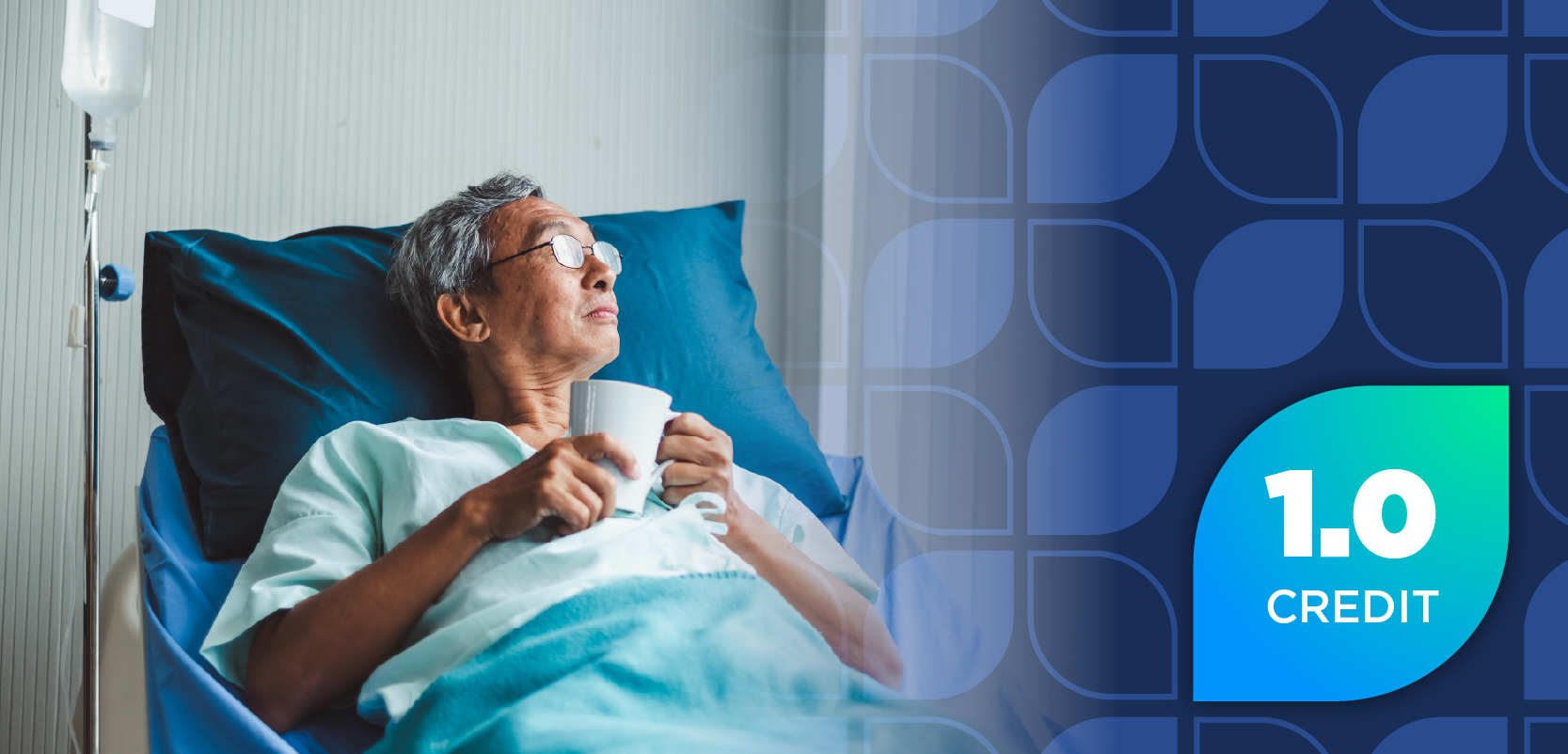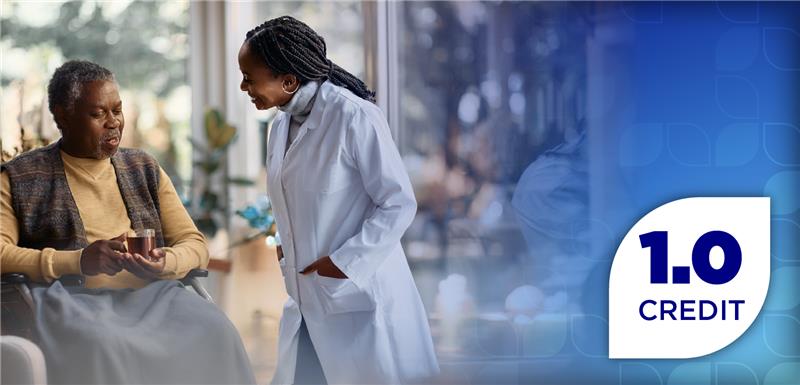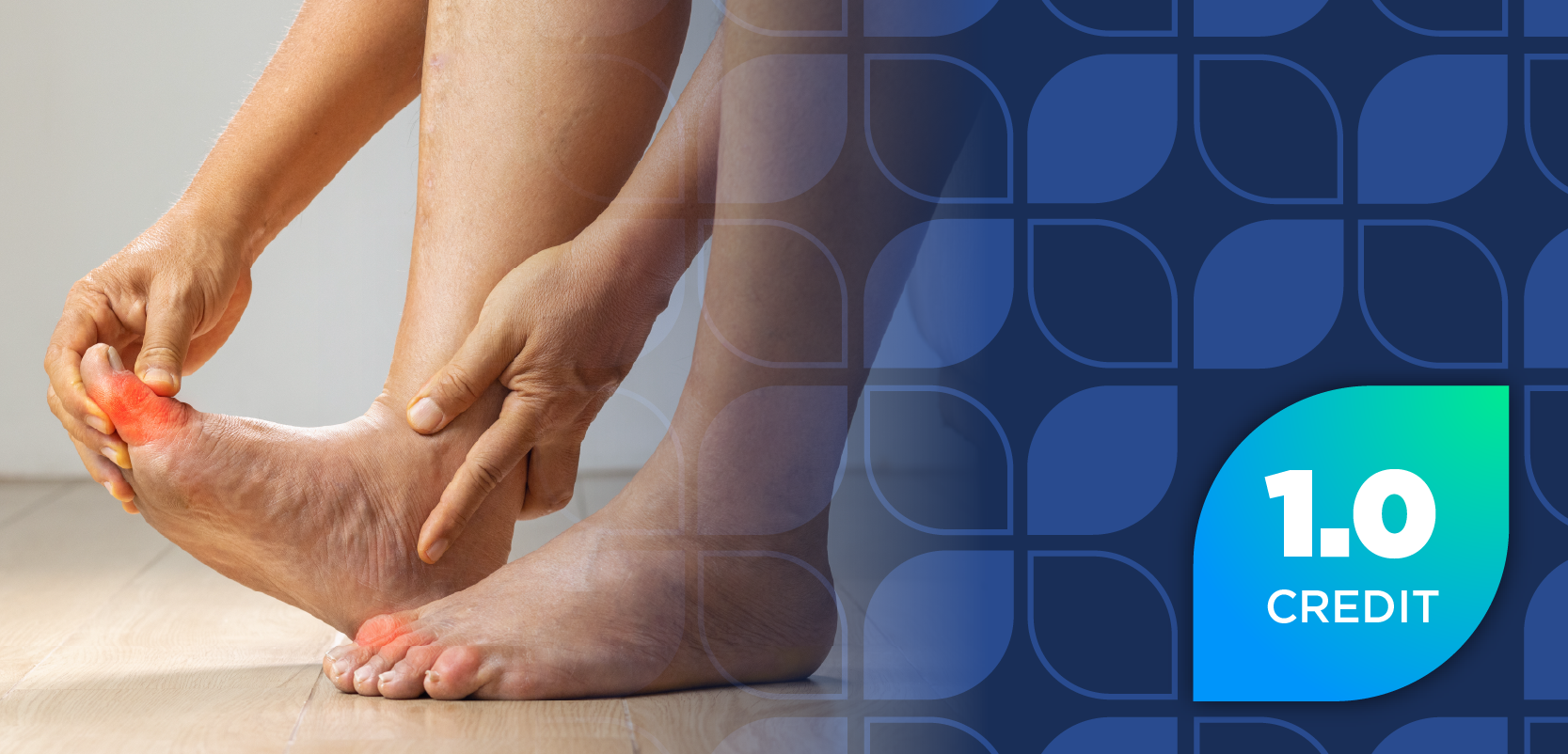
Enhancing Functional Assessment Through Objective Activity Monitoring

Discover how objective activity monitoring with accelerometers transforms cardiovascular risk assessment and treatment evaluation, enhancing patient care for pharmacists.
At the American Heart Association Scientific Sessions 2025 in New Orleans, Biykem Bozkurt, MD, PhD, FACC, discussed the value of incorporating objective activity monitoring into cardiovascular risk assessment and treatment evaluation. She noted that traditional symptom-based methods, such as asking patients about shortness of breath, often fail to capture true functional limitations—particularly in individuals with sedentary lifestyles who may unconsciously reduce activity levels. Bozkurt explained that objective, device-based measures of activity could unmask these hidden limitations and provide a more accurate understanding of a patient’s functional class than subjective assessments like the New York Heart Association classification. She emphasized that such tools could enhance the sensitivity and precision of treatment response evaluations, overcoming biases from patient perception and placebo effects often seen in quality-of-life measures.
Pharmacy Times: How could wearable-derived accelerometry biomarkers like SVM-90 help refine how we assess functional status or therapeutic benefit in future heart failure trials?
Biykem Bozkurt, MD, PhD, FACC: As I mentioned, the current methodologies by which we assess symptoms usually involve asking people whether they are short of breath. However, with increasingly sedentary lifestyles, many people may not realize they are short of breath. Quite a few of our patients are reducing their level of activity without recognizing why, and I think this kind of objective marker over time can tell us about the decline, as well as what they are limiting themselves from doing. They may think they are independently performing their usual activities of daily living, but we have many facilitators that allow us to maintain that lifestyle—cars, for example, or gadgets that help us pick things up when we cannot stoop down.
Thus, this kind of assessment can reveal more dimensions than what an industrial lifestyle would reflect to us, and it can unmask limitations in our current risk assessment. Beyond asking about symptoms, we also use the New York Heart Association functional class assessment, which asks whether a patient is short of breath at rest or with exertion. However, if individuals are not exerting themselves, they will often answer “no” to both. Because treatment differs according to functional class, this kind of objective measurement may help determine functional class more precisely—especially in individuals whose activity is limited due to lifestyle changes and our industrial, screen-based way of living. This may improve both the sensitivity and accuracy of functional assessments.
In terms of treatment response, we actually need both population-level and individual-level markers beyond imaging of the heart or symptoms. Similar to what I mentioned about symptoms, we perform a variety of functional assessments and ask about quality of life and health status. However, there is always an individual bias in what people believe they are doing, as well as a placebo effect. For example, in clinical studies, participants often improve in the placebo arm—especially in self-reported health status—simply because they are being observed. Therefore, there is always a need to surpass the placebo effect when measuring health status and quality of life.
An objective quantifier of activity—especially one that measures all dimensions and intensity—would provide better accuracy in assessing responsiveness and correlation with patient-reported outcomes. In essence, it offers a different type of report than patient perception alone and eliminates bias in perception, which is critical for evaluating health status and patient-centric outcomes.
Most of our other outcomes are hard endpoints, such as mortality and hospitalization, but patient-centric activity-level assessments are unfortunately limited, both in their ability to detect differences and in their sensitivity to drug responsiveness. Whether someone is getting better or not should be measured with tools more sensitive than just symptoms, mortality, or hospitalizations.
Newsletter
Stay informed on drug updates, treatment guidelines, and pharmacy practice trends—subscribe to Pharmacy Times for weekly clinical insights.






















































































































































































































